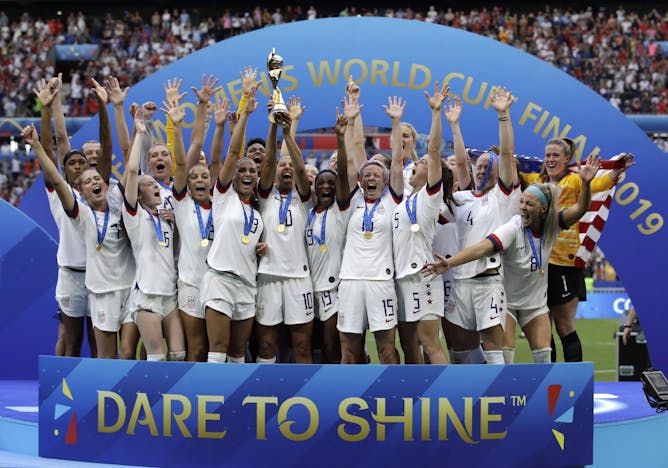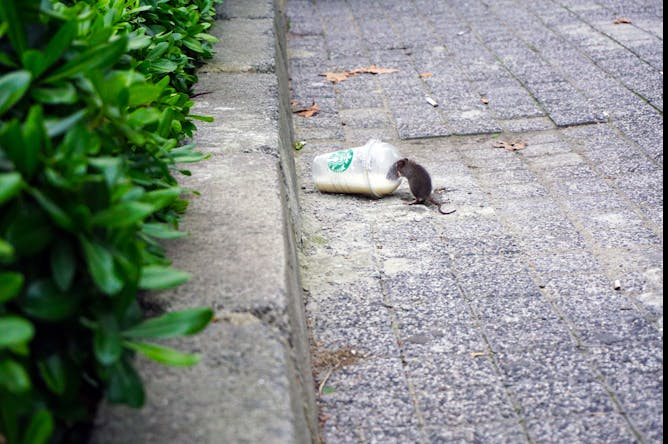
The U.S. women’s soccer team celebrates with the trophy after winning the World Cup final.
(AP Photo/Alessandra Tarantino)
Katie Lebel, Ryerson University
Women’s sports have been stuck in a boom-and-bust cycle for the past 20 years. It’s time to start a new narrative.
|

At the core of patient-centered care is respecting the dignity of patients as humans.
(Shutterstock)
Maisam Najafizada, Memorial University of Newfoundland; Arifur Rahman, Memorial University of Newfoundland; Katie Oxford, Memorial University of Newfoundland
A simple introduction from care providers can be a good start towards a truly patient-centred approach to health services.
|

B.C. green-lighted an exploration permit to a mining company, despite the fact that plans for a mine were rejected both federally and by the Tsilhqot’in National Government.
(Garth Lenz/ Tsilhqot’in National Government)
Justine Townsend, University of Guelph; Faisal Moola, University of Guelph; Megan Youdelis, University of Guelph
Dasiqox Tribal Park offers a powerful example of what true reconciliation can mean for Canada when Indigenous peoples and their rights are respected and upheld.
|

Simple strategies such as setting a regular wake-up time, and tracking sleep patterns, can help women beat insomnia during pregnancy.
(Shutterstock)
Lianne Tomfohr-Madsen, University of Calgary; Ivan Sedov, University of Calgary
Insomnia impacts more than 20 per cent of women during pregnancy. And it is treatable.
|

Les rats font partie de l’écosystème urbain et une approche de la gestion de leur population pourrait impliquer le partage de la ville avec eux.
Mert Guller/Unsplash
Chelsea Himsworth, University of British Columbia
En reconnaissant que les rats font partie de l'écosystème urbain, cela peut aider à relever les défis qu'ils posent.
|
Politics
|
-
Eliza Bechtold, Durham University
In Trump's America, there is a fundamental misunderstanding of the nature and scope of the First Amendment.
|
|
|
|
Environment + Energy
|
-
Alexandra Macmillan, University of Otago
Do you have a question about climate change? This collaboration between The Conversation, Stuff and the New Zealand Science Media Centre gives you the chance to ask – and we'll provide expert answers.
|
|